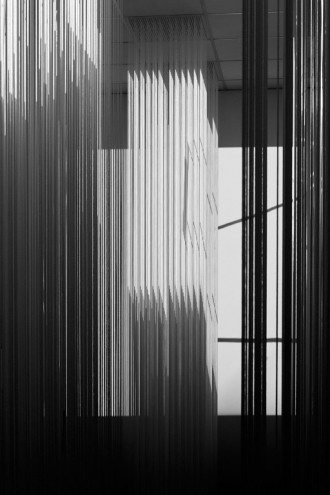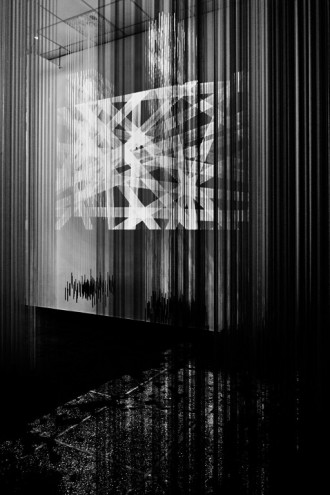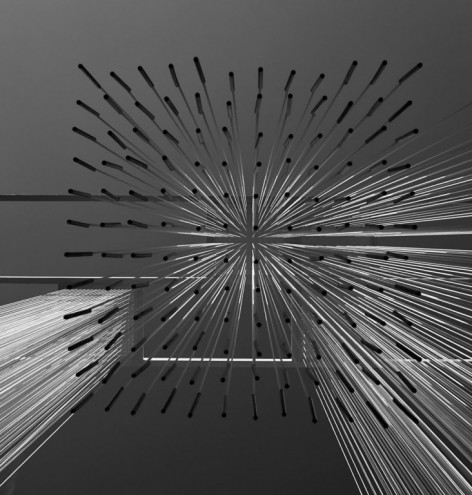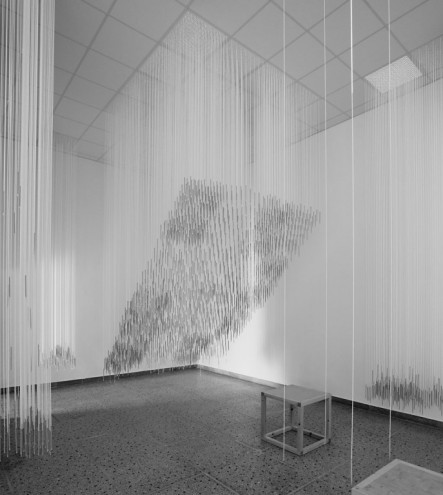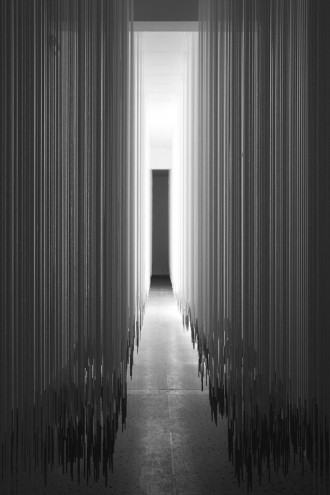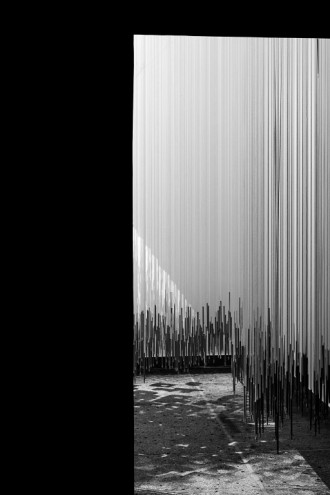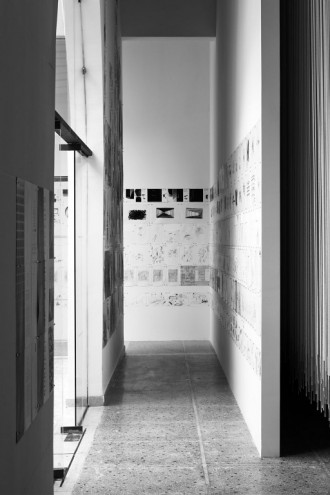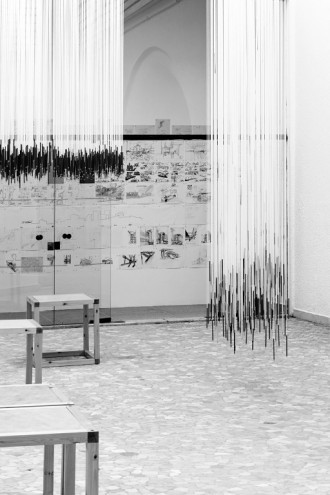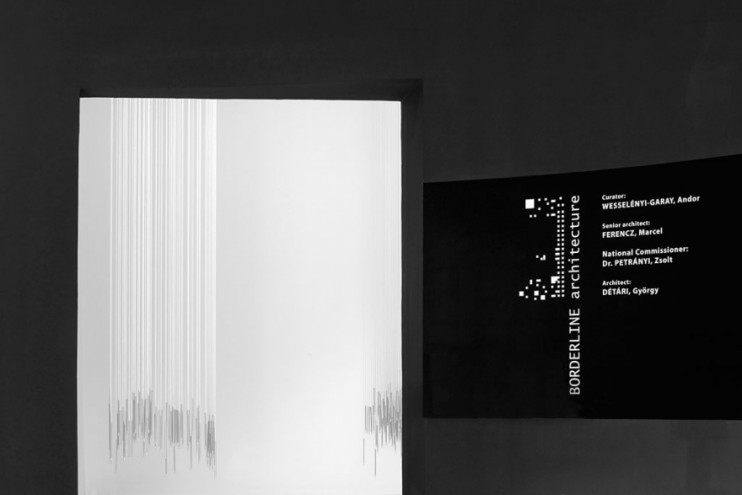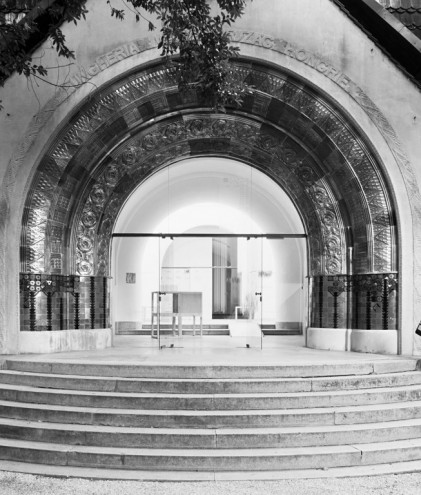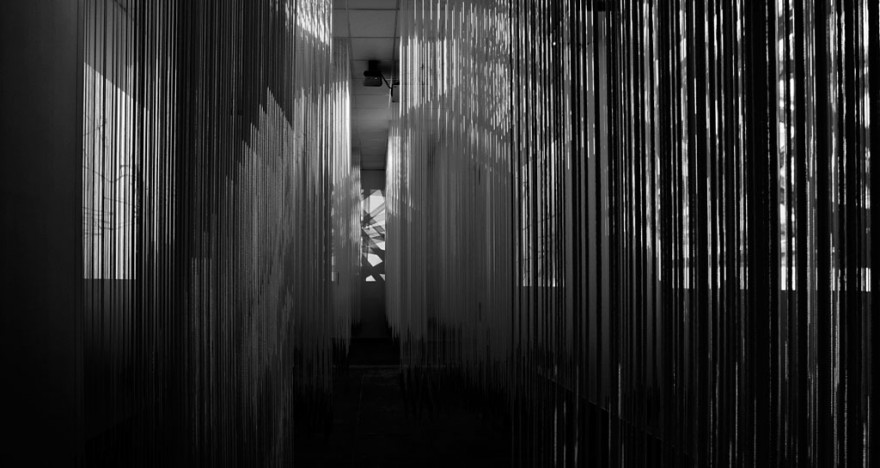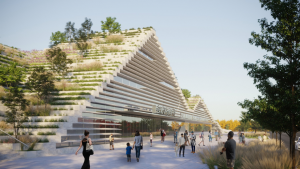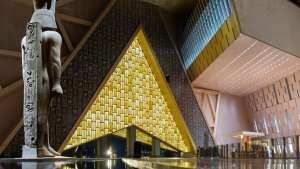Ninety kilometres of rope, twenty thousand pencils and hundreds of drawings. That’s what it took to make the Hungary Pavilion happen at the Venice Architecture Biennale recently.
Borderline explores the craft of drawing as one of the basic cornerstones of architecture. The concept was created by Marcel Ferencz and Andor Wesselényi-Garay and seeks to define the architectural line as the origin of architecture, rather than a defined space.
As an installation, the Hungary Pavilion tried to show how spatial design is the result of the physical manifestation of the line and the visual representation of the living, drawn line. The lines were arranged in groups and clusters to serve as visual references for things like columns.
The interactivity of Borderline meant that the installation was constantly being shaped and moved by people walking in and through it. This tied in particularly well with the Biennale’s 2010 theme: “People meet in architecture.”
The focal point of the exhibition was a film series of drawing interviews produced specifically for the biennale with the participation of Hungarian and foreign architects.

